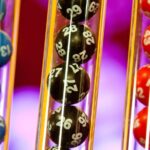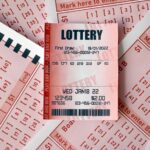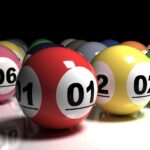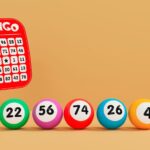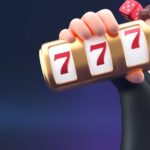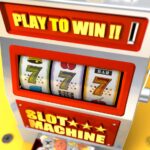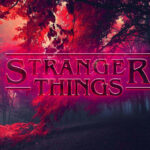ALWAYS: 10 best games for Roll ‘n’ Roll
Game designer Reiner Knizia, of the original, has also taken the game to task in this new standalone title. The game will be released in March 2021 by German publisher KOSMOS and in May 2021 in North America by Thames & Kosmos.
The original Lost Cities, released in 1999, was a two-player game in which you earned points by participating in lucrative archaeological expeditions to various locations represented by six-color maps. You have to collect sets, and there is always a balance between the risk and reward you are willing to take. This new title keeps the same spirit.
Cities that are completely lost: Description of the video and recording by BGG:
You want to start your expeditions on the six colored tracks with the lowest number of cubes. Decide each round whether you want to continue the expedition or start a new one. Acceleration fields and artifacts allow you to move quickly, but you have to think carefully about the paths you take to avoid hitting amphibians. If you progress well, victory awaits, but if the expedition is blocked, you lose the points as quickly as you gained them!
Each player has his own score sheet with eight columns: six coloured columns that correspond with the colours of the Lost Cities (red/orange/yellow/green/blue/purple), one column for the artifacts, and one column for the dice. You fill in or mark all these columns from bottom to top.
On your turn, roll six dice – three six-sided colored dice and three ten-sided colored dice with the numbers 0-9 – choose one die with a number and one die with a colored number and mark that number in the corresponding colored column on your chip. If you chose 0 and did not start this color column, you can mark a circle of two dots at the bottom of the column. If you did not choose a digit 0 and did not start with this column, write the digit at the bottom of the column; if you did start with this column, you can only add another digit to this column if it has the same or a higher value. (A 0 is noted in the column as a 10.) The other players choose a die number and a colored die from the two remaining dice, and then mark one of their columns in the same way.
If you place a number on the arrow of a column, you can speed up any colored column by filling the bottom empty field with the same number that is currently at the top of that column. If you write through the other arrow, you go faster again! When you enter a number in the artifact field, mark a space in the artifact column. If you have completed all nine fields in a column and can re-enter a number, mark an artifact instead.
You cannot choose a combination of numbers and colors if you wish. If you do, highlight a cube in the cube column.
If you write a number in the seventh square of the color column or mark the seventh square of the artifact or die column – and you are the first player to do so – you get a bonus of 20 points for being the first player to cross that bridge.
If you mark the ninth space in the dice column, you are considered exhausted, but you continue playing. The game ends after one round in which all players have exhausted themselves or crossed all eight bridges. Players then score points for each colored column, based on the number of holes filled, and double those points – positive or negative – if they mark the colon circle at the bottom of the column. Players also get points for the number of marked spaces in the artifact and die columns, but if you are exhausted, you get 0 points for that column. Add your bonus bridge points to the sum of these eight columns, and the one with the most points wins.
Are you excited about the upcoming Q2 2021? Let us know in the comments below!
Related Tags:
lost cities: roll and write,lost cities expansion,lost cities bgg,lost cities: rivals,lost cities board game buy,lost cities 2 player game,Privacy settings,How Search works,lost cities rules,lost cities board game online













